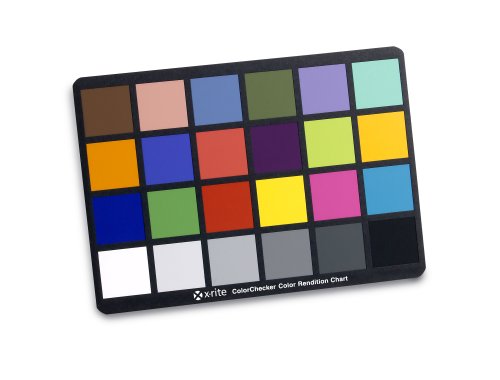I agree this discussion is not getting anywhere but you can have your own opinion its just when you try and make it like only your opinion counts and its definitive. Kind of like telling people the silver has a plastic lens based on nothing, sure you don't want or would never buy the tray but you almost make out like it shouldn't even exist. Which is the odd thing, there are some things I would never buy but it doesn't bother me that others would or that its for sale its peoples choice. Its good your trying to help out but if your going to make such claims then best to have more then written words to back things up and not based all on theories but actual use and testing.
The story of the plastic comes out as the comparison chart on the gopro site says that the black has a glass lens (no mention on the other model in that chart) and then later on that the lens is 2x sharper. You would think the lens is different but not they are the same I realised reading the page specs later. So the truth is the black is not 2x sharper it can't be it has the same lens.
When it comes to the tray I think it is an original piece of equipment that has got a number of design limitation and some features that are not useful like sliding the handles, those make it cost more than others, so far not a problem but then you can't say that the design helps with lighting when it does not which is what annoys me. Spreading incorrect information to lead people to believe that a triangular tray is better for lighting than a bar which is not the case.
You don't think my videos are good enough apparently and this is mostly due to the setup being terribly engineered, that along with my inexperiance so it creates terrible results. Whatever issues you say are with the setup as far as I can tell aren't apparent in use and have never been an issue so how can you say they are without even using something. So I think your basing your opinion again on no actual facts otherwise you would say where those major design issues are showing in the videos I posted because if they don't they aren't there simple.
Instead I think your later videos are very good compared to the early ones, and I hope you take on board the suggestion of pointing the lights forward not converging that will improve things a good deal
All I ask is you do more then Google searches to come up with opinions and looking at photos and specs aren't the same as using something and trying it out. I don't know your background but someone claiming to have a strong background in physics making some of those claims you made are not what you'd expect from someone that knows what they are talking about.
How many products have you made and how well have they done? You seem to know everything about how all things must be made but I'd love to have an idea of your engineering background. Just to give your claims a bit of validity.
I don't do google searches only though they sometimes spare me the effort to draw diagrams, I have studies optics and trigonometry which is very useful to work out some relationships between beams angles and arms positions.
I am an engineer, can you point me to the specific statement that you disagree with in my blog post on filters?
I am an engineer, can you point me to the specific statement that you disagree with in my blog post on filters?
Like your thread topic here your claiming to know more then everyone else on filters, and you want to set things straight. What are you basing your opinions on how can you be claiming some theory of yours shows why something is good or bad and better then what URPro know. URPro is in contact with the guys at SRP and surely no matter what your knowledge in terms of filters is, its lacking compared to the people that pretty much invented it many years ago. You do like to bash SRP but stand by URPro which is the ironic thing as they work together on these products.
Can you tell me what are exactly the opinions in my post as opposed to the facts? Maybe you can provide specific examples or even leave a comment
You are making assumptions on how the product is developed that you don't know anything about. I look at the URPRO products are they are on the market under their brand and I am just commenting on those so far.
So after all this blurb you still have not gone on the actual blog and told me what is wrong or incorrect about it you don't know what I am going to say about the SRP dome but you feel the need to complain about it
Maybe is time to get over it?






